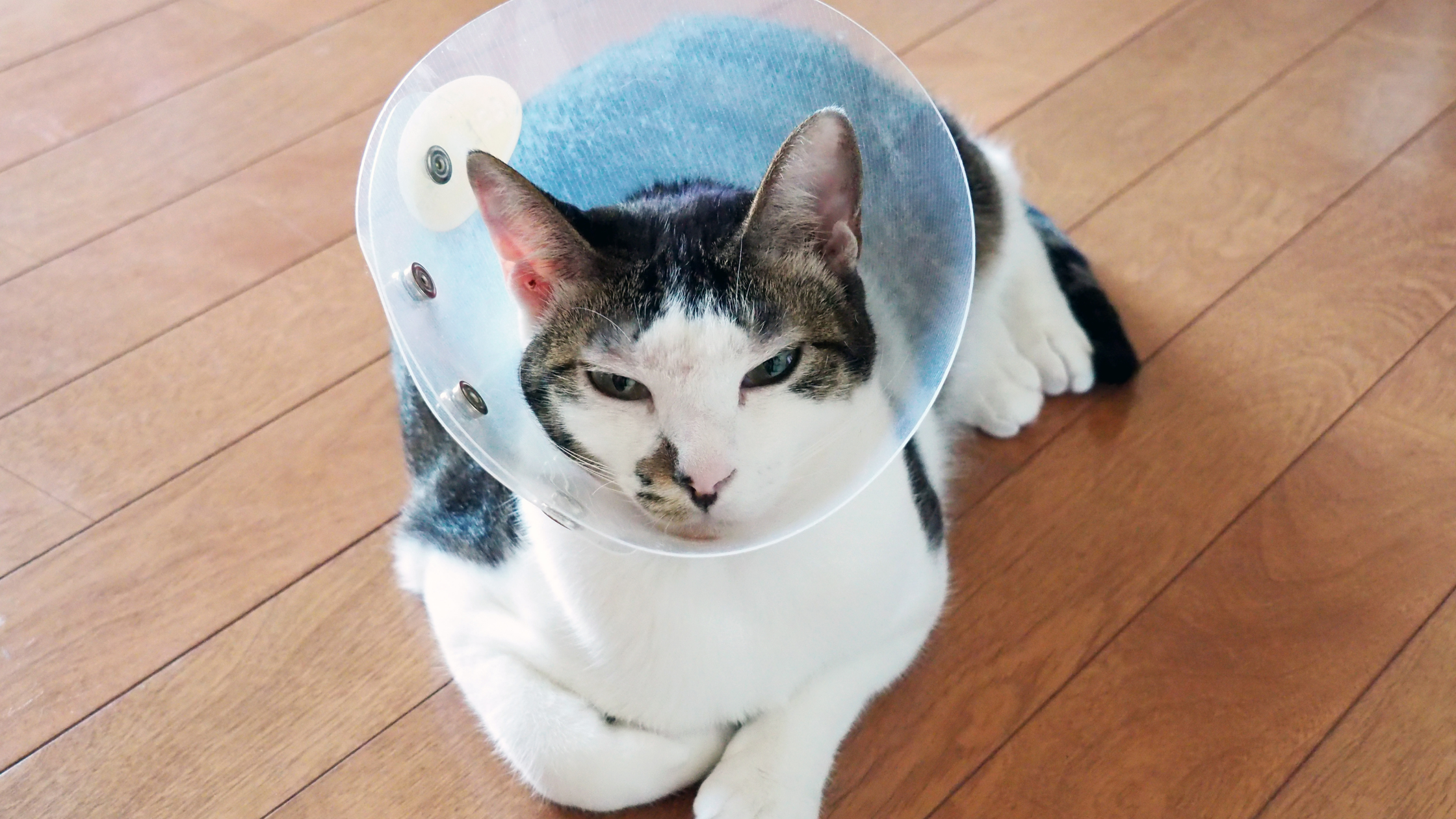The parathyroid glands are small, hormone-secreting glands located on or near the thyroid glands. This hormone manages calcium and phosphorus levels in the blood. The term para- means adjacent, meaning both the parathyroid and thyroid can be found side by side in the neck, near the throat.
Hyperparathyroidism happens when there are abnormally high parathyroid hormone levels (also called parathormone or PTH) in the blood because of an overactive parathyroid gland.
Symptoms and Types of Hyperparathyroidism

Primary hyperparathyroidism: This is caused by a tumor in a parathyroid gland which produces an excessive parathyroid hormone, causing increased blood calcium levels (hypercalcemia). In the majority of cases, only one gland has a lump. Malignant tumors are uncommon.
Most cats with primary hyperparathyroidism will not appear sick, but here are some symptoms that you can observe:
- Increased urination
- Increased thirst
- Poor Appetite
- Lethargy
- Vomiting
- Weakness
- Stones in the urinary tract
- Enlarged parathyroid gland on the neck
There is no recognized hereditary reason for primary hyperparathyroidism, but there are associations with specific breeds. Siamese cats seem to have the propensity to have primary hyperparathyroidism.
Second hyperparathyroidism: The second hyperparathyroidism can be triggered by calcium and vitamin D deficiency, which is caused by malnutrition or lasting (chronic) kidney conditions.
Other causes include:
- Kittens who are fed an all-meat diet
- Excess amount of phosphorous
Secondary hyperparathyroidism is also associated with bone cracks and a generally poor body condition.
Treatment of Hyperparathyroidism

Primary hyperparathyroidism generally requires inpatient care and surgery. Secondary hyperparathyroidism related to dietary deficiencies or long-term (chronic) kidney disease can be handled on an outpatient basis.
Low phosphorus diet plans may be suggested for secondary hyperparathyroidism related to long-term kidney diseases. Your veterinarian might recommend calcium supplements to stabilize calcium levels in the blood and intestines. Medicines will be prescribed according to the final medical diagnosis and treatment plan.
Your vet will require follow-up checkups to monitor calcium and phosphorous levels while they are controlled. If the treatments are not effective, surgery may be necessary. Cats with chronic kidney diseases need to follow up with the veterinarian to have their kidney health monitored often. With appropriate treatment, cats with hyperparathyroidism can live rich lives.
Recovery from Hyperparathyroidism

Post-operative low calcium levels in the blood (hypocalcemia) are common after surgical removal of parathyroid glands. Your vet will wish to check serum calcium concentrations up to two times daily for more or less one week post-surgery. Routine blood tests will also be performed to check the health of the kidney.
Prevention

While there are no ways to prevent primary hyperparathyroidism, a healthy diet can prevent secondary hyperparathyroidism caused by poor nutrition.




















